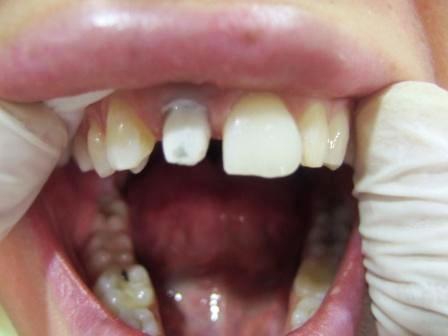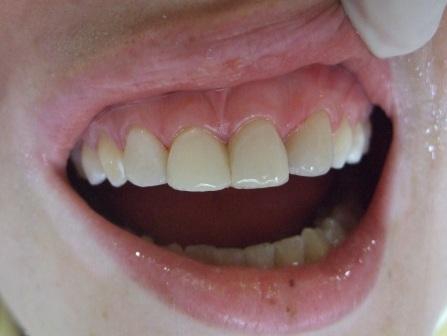What is teeth caries?
Caries of the tooth is a bacterial infection caused by specific bacteria found in the plaque biofilm, i.e. soft dental implants. It is one of the most common diseases in humans, regardless of age, gender, and race, and it appears on all teeth. Statistics show that caries are more prevalent among civilized nations, which is why it is considered to be a disease of contemporary society. This phenomenon is explained by the fact that modern civilizations of food are exclusively food that is thermally processed, chopped and softened, which does not need to be chewed and toothpaste for a long time, which greatly favors the progression of caries lesions.
What causes teeth caries?
Teeth caries is a process that depends on a lot of factors, and features are the reverse processes of demineralization and remineralization of the teeth, until the moment when a cavity is formed in the tooth. The disturbed balance in the oral cavity leads to the release of calcium and phosphate ions from the teeth and the loss of tooth minerals, and the emergence of the demineralization process.
When the concentration of soluble calcium and phosphate ions in the saliva becomes overloaded with respect to the tooth, and with the prospect of at least a small amount of fluoride ions (which greatly increase the deposition of calcium and phosphate), minerals can be returned to partially demineralized gluten, and this process is called remineralization .
Whether there will be irreversible damage to the tooth, it depends on many factors, such as attack factors, defense factors, history of dental diseases and the current general state of the patient. Factors of attack are: level of bacteria and sugar in the oral cavity, and the factors of defense are: amount of saliva, calcium and fluoride. (the amount of saliva should be associated with a special text on saliva).
How does dental caries form?
Teeth caries are created by the way that the bacteria in the dentures process the available sugar on an undamaged tooth, and the lactic acid that penetrates through the firm surface of the teeth becomes the most important product. The tooth surface is microscopically permeable, so lactic acid removes calcium and phosphates from the inner tissue, which makes the tooth demineralize. The result is a carious damage to the teeth.
What are modern standards for caries treatment?
In our clinic we apply modern standards for the treatment of caries, which means that prevention and therapy are equally represented. Prevention is applied before caries appear, and the therapy is carried out after the onset of caries.
Each patient is examined in detail, his medical and dental history of the disease is taken, a clinical examination is performed, and he analyzes the status of the tooth using an OPT (orthopthalmography) image. After that, individual therapy is determined with the application of a medical model of caries treatment.
Caries treatment includes 4 steps:
- Control of bacteria by treating caries lesions and the use of medicines
- Reducing the level of risk of recurrence of carious lesions
- Teeth remineralization
- Long-term follow-up of patients, which involves regular controls for 3 or 6 months, depending on the risk factors.
We pay special attention to minimally traumatic intervention in the removal of the caries lesion, then in the preservation of the pulp, i.e. the nervous-vascular system at the root of the tooth, the “nerve”, and the complete aesthetic compensation of the part of the dental tissue. We use high quality materials for dental fillings, which with their properties fully satisfy the aesthetics and function of the replaced part of the teeth.
GALLERY OF CASES
1.Fiberglass cookie and composite upgrade
Patient, 24, happened to have broken her tooth 1 day before the wedding. Within an hour and a half, a fiberglass hut and a composite restoration of the crown were made.
2.Fiberglass cookie and composite upgrade
On the healed tooth, a fiberglass hut and a composite restoration of the crown were made.
3. Upgrade
Patient, 23, after a fracture of the toothbrush caused by injuries, aesthetic conservative restoration was made.
3. Composite Upgrade
Patient, 22 years old, following a fracture of the crown due to injury of the first upper left incisors, a composite upgrade was made.
3. Composite facets
Composite facets without grinding finished in 45 minutes.















